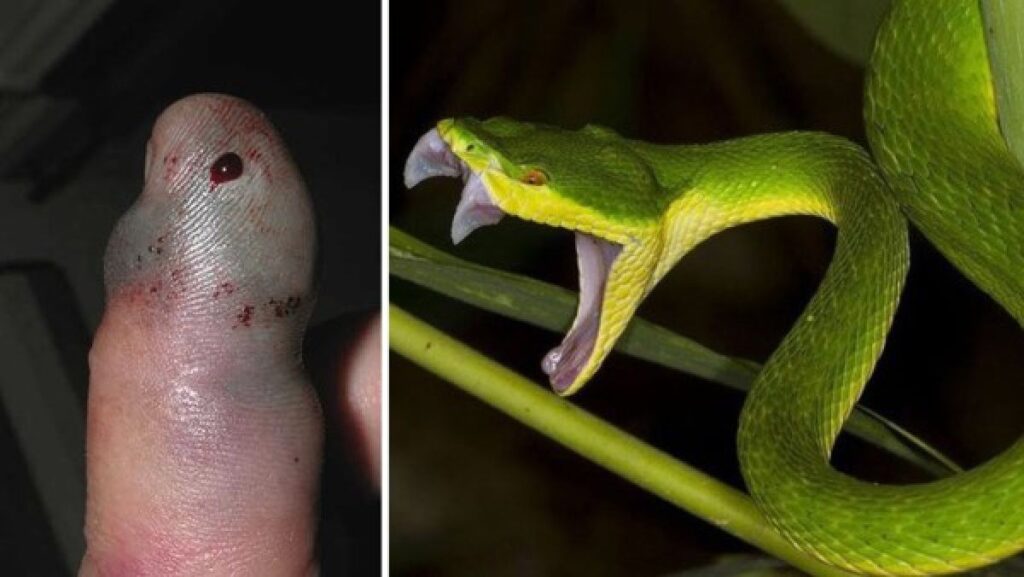There are many snake species in the world and they live in scattered areas of each country. There are many types of snakes that are non-venomous, but there are also many that are very poisonous. But no matter what, you should be alert and stay away when you see them. The reason is that when you are bitten by a poisonous snake, you can die, and if you survive, your body is weak or sick. Therefore, you need to take measures to avoid it. In this article, yeusnaker will show you how to avoid snake bites.
How to avoid snake bites
You should recognize dangerous snakes and be familiar with their habitat, diet, and behavior in order to avoid getting bitten by a snake. You should actively avoid snakes when you come across them, and if you can’t, you shouldn’t try to trap or threaten them. You should take the following actions to lessen your chance of getting bitten by a snake:
- Being aware of risks is crucial. Learn in advance whether there are any venomous snakes in the area you want to visit.
- Children should not be allowed to climb trees when traveling with young children because they are vulnerable to accidents from falling or from vipers hiding in the leaves.
- Make an immediate call to your local animal control office if you see a snake inside your house.
- It is vital to routinely inspect the home for snakes or hiding places (thatched roofs, eaves, straw walls with large cracks, …). Trim the garden’s bushes, weeds, and hedges on a regular basis.
- Never allow kids to play in open spaces or long grass.
- Keep an eye out for snakes, both those that might be hidden behind debris or other items and those that might be swimming in the water to reach higher ground.
- When moving timber, shrubs, or bundles of trees, always use tongs to help you see any snakes that might be down there.
- Use a long tree to signal the region ahead and scare them away when moving through tall grass.
- If you must labor or travel through places where snakes may be present, wear long pants and high boots.
- When going to the bathroom, gathering firewood, or strolling at night, especially after a lot of rain, use a flashlight or flashbulb.
- Use a groundcover and mosquito tent that is already made, sleep on the ground (in a hammock or on a camping bed), or sleep with a tightly wrapped mosquito net underneath your sleeping bag.
- Avoid swimming in muddy estuaries or rivers with vegetation since sea snakes may be hiding there.
- Even if a snake is dead, you should never handle it in your palm. Stay away from snakes if you see them.
- Additionally, since they all have the ability to deter snakes, you can import plants like lemongrass, tiger tongue, compression, kudzu, and garlic orchids.
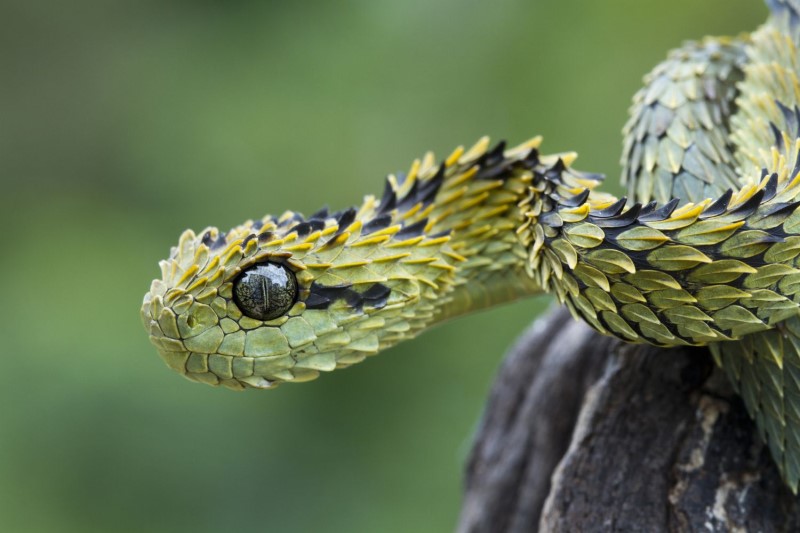
Signs and Symptoms of Snake Bites
Signs and symptoms can include any of the following, depending on the type of snake:
- A wound with two stab wounds.
- An area of the bite that is red and swollen
- A bitten location that is in excruciating discomfort
- Vomit and feel sick
- Breath holding (in severe cases, breathing may stop completely)
- Unclear vision
- Higher sweating and salivation
- Around the face or other extremities, tingling or numbness
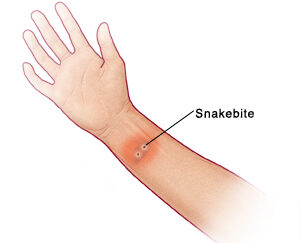
How to give first aid when bitten by a venomous snake
If you have been bitten by a poisonous snake, call the nearest emergency number right away to receive rapid care and a supply of a particular antivenom. More urgent care is required, particularly if the wound starts to swell, exhibit signs of discolouration, or aches. The following first aid measures for a venomous snake bite should be followed while awaiting medical attention to slow and limit the passage of venom into the body:
- While being carried to the hospital, reassure the patient and position the area that has been bit below the level of the heart, such as by lying down.
- Don’t allow the sufferer to stroll by themselves. Use a brace to immobilize the bitten arm and leg (because movement makes the venom penetrate into the body faster).
- From the biting area, take off any jewelry (because it can cause pressure when the area is swollen).
- Use immobilization to slow the development of paralysis when dealing with some common cobras as well as scorpions, king cobras, sea snakes, and scorpions.
- Use cloth bandages, elastic bands, or make your own with towels and clothing. The bandage is snug but not too tight (pulsating artery is still palpable). Beginning at the toe and working your way up the leg, bandage the hand that has been bit. To fix the bit arm and leg, use a firm brace (splint, piece of wood, stick, piece of cardboard, etc.).
- When a viper bites, avoid applying pressure because doing so could aggravate the wound.
- It is possible to prick the bite, wash it with soap and water while it is running, and then disinfect it.
- Artificial respiration is necessary if the patient has respiratory problems (breathing or by medical means available on site such as balloon squeeze, portable ventilator, ..). Perform CPR immediately and wait for help to come if there are indications of circulatory arrest.
- Transporting the patient to a medical institution in a car while keeping a compression bandage on him or her allows the bitten region to be lower than the location of the heart, the arms or legs can be released if it is in the legs or limbs, etc.
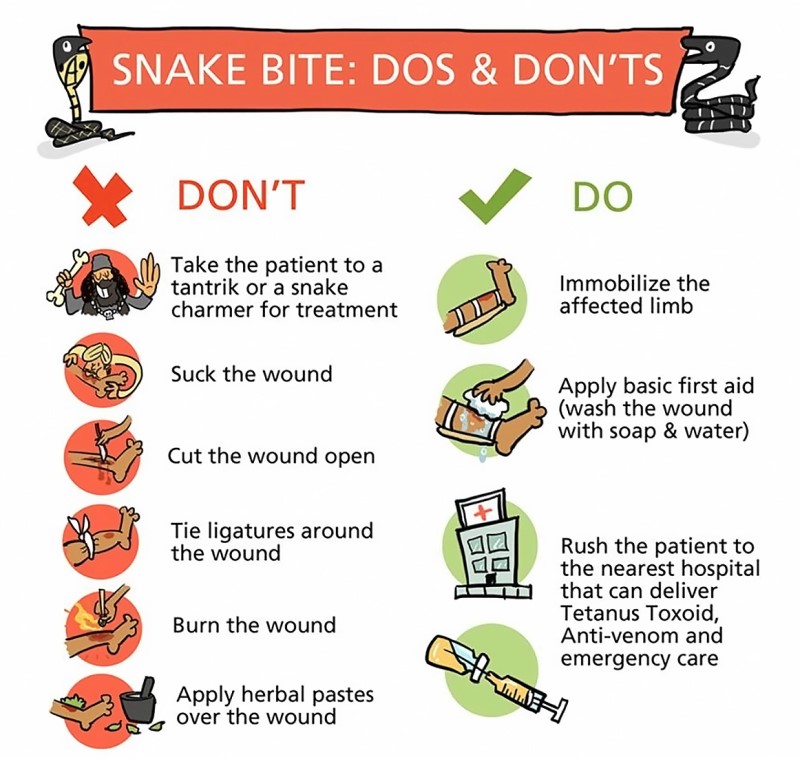
According to doctors, the biggest error made by patients and family members while administering first aid for a snake bite is applying common sense. Many patients wait until they are experiencing severe respiratory distress symptoms or necrotic wounds are spreading before they seek medical attention. The following guidelines on how to respond to a snake bite should be kept in mind in order to safeguard our own life and those around us:
- Use of a gauze bandage that is tightly attached to the bitten area should be avoided because doing so injures the victim and prevents blood flow to the extremities, which can lead to necrosis, a highly hazardous condition.
- Never use medicine without first making an appointment with a doctor, or apply cold, chemicals, leaves, etc. to the wound at random.
- There is no benefit to cutting, poking, or trying to extract the venom, and doing so could cause blood loss and additional illness;
- Drinks with coffee or alcohol should be avoided as they can hasten the body’s absorption of the venom.
- How to get well by using conventional and alternative medicines: When applied, it offers no advantages, but when consumed, it may infect the recipient and injure them.
- Ice: Proven to be hazardous when applied cold.
- Avoid attempting to catch the snake. As an alternative, remember their color, form, and method of assault so you can describe them to your doctor and aid in therapy. Take a picture of the snake from a safe distance if you have a smartphone with you and it is practical to do so in order to identify it.
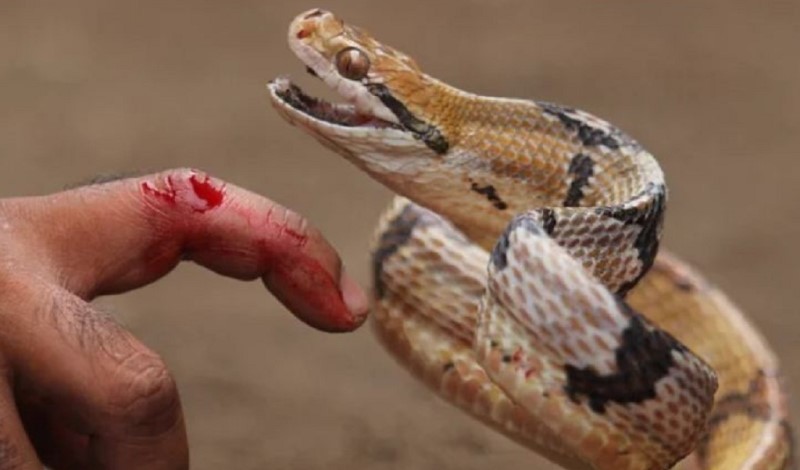
Conclusion
How to avoid snake bites? Above we have provided the necessary notes for you to avoid encountering snakes. Remember that regardless of whether the snake you encounter is poisonous or not, do not approach and attack it, even if it is dead or has its head cut off. Moreover, before going to a new land with many trees or bushes, ponds, you should also research the threats and equip them carefully. Besides, the house you live in must be safe, you should clean and pay attention to your children.
Learn more: The 7 Deadliest Snakes in The World

